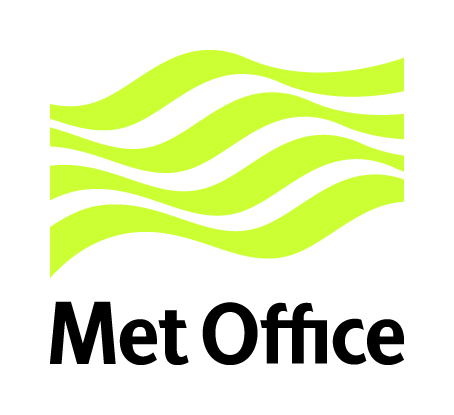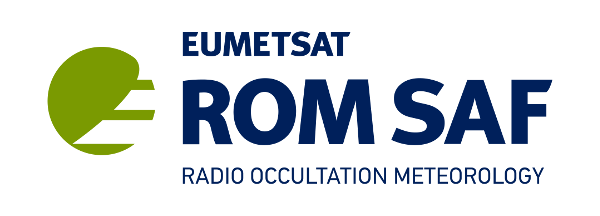| About |
| Home |
| RO method |
| News Archive |
| Contact |
| Search |
| Documentation |
| Product Documents |
| Publications |
| ⇒ROM SAF Reports |
| Visiting Scientist |
| User Workshops |
| Data & Software |
| Product Archive |
| Product Quality |
| Browse Occultations |
| NRT Monitoring |
| Climate Monitoring |
| Software |
| User Service |
| Helpdesk |
| Helpdesk History |
| UNS Notifications |
| RSS Feeds |
| Registration |
| Login |
| Publications | Operations Reports | ROM SAF Reports | Visiting Scientist | Software Documents |
| Product Documents | User Workshops | Conferences | Articles | Other Publications |
ROM SAF Reports
The ROM SAF (previously GRAS SAF) Report series provides additional information related to scientific investigations and the underlying algorithms used in our radio occultation processing code and the ROPP software package.
These documents are Copyright material.
ROM SAF Report 14 Ian Culverwell 16 Oct 2013A review of the geodesy calculations in ROPP
This report reviews the geodesy calculations in ROPP, in response to concerns raised by the ROPP2.0 beta reviewer in 2008. Various expressions for the surface gravity, effective radius, radius of curvature and geopotential height are compared, and the impact of the differences in RO applications is assessed. Supporting sensitivity studies are reported. A simple model is developed that sheds light on some of the findings.
GRAS SAF Report 13 H. Lewis 10 Jun 2010ROPP PP validation
The Radio Occultation Processing Package (ROPP) software includes functionality for users to process radio occultation data to derive atmospheric bending angle and refractivity profiles. This report presents refractivity and bending angle profiles processed using the ROPP (v4.1) tool ropp_pp_occ_tool. This serves to illustrate the use of ROPP for occultation processing and validate its results. Note that results presented here referring to ROPP-4 (v4.1) also apply to the ROPP-5 (v5.0) user release distribution.
GRAS SAF Report 07 H Lewis 1 Oct 2008Abel integral calculations in ROPP
The ROPP pre-processor module ropp_pp includes routines to perform an Abel transform to derive a bending angle profile from model refractivity data and invert a corrected bending angle profile to derive refractivity. This report describes the Abel inversion and Abel transform calculations included within ROPP. The sensitivity of ropp_pp and ropp_fm results to the choice of algorithm used is discussed.
GRAS SAF Report 06 H Lewis 4 Feb 2008Levenberg-Marquardt minimisation in ROPP
The ROPP 1dVar retrieval has been tested using the Levenberg-Marquardt method (LevMarq) to solve the 1dVar minimisation problem. Results are compared with the performance of the ROPP-specific minimiser minROPP. Tests are conducted using synthetic profiles based on ECMWF background data and real observed profiles using Met Office background data. In some cases LevMarq is found to produce 1dVar solutions with smaller cost function values and which deviate more from the background profiles than minROPP for a given set of convergence criteria. The minROPP routine is typically three times faster than LevMarq however. The most suitable convergence criteria for minROPP are discussed. It is recommended that both minimisers are supported in the ROPP software, with users able to select the most appropriate algorithm for their own particular need.
GRAS SAF Report 05 H Lewis 23 Jan 2008Refractivity calculations in ROPP
A summary of the refractivity calculation used in the ROPP forward model is provided. Several expressions are available for calculating a refractivity profile from background pressure, humidity and temperature data. Results using an established two-term expression (Smith and Weintraub 1956) and a more recent three-term expression (Rueger 2002) are presented. It is recommended that the Rueger (2002) expression is implemented by users for GPSRO processing when provided in future versions of the ROPP software.
GRAS SAF Report 04 H Lewis 23 Nov 2007Error function calculation in ROPP
The error function erf is used in the Abel transform as part of the ROPP bending angle operator. It has been suggested that this is computed using a polynomial approximation to avoid the cost incurred by calling an external DCDFLIB library function many times while performing the 1dVar processing. This document describes the polynomial expression and the corresponding tangent linear and adjoint codes. Test results demonstrate that the approximation is a suitable replacement for the DCDFLIB function. It is strongly recommended that the polynomial approximation is implemented by users for GPSRO processing when provided in future versions of the ROPP software.
GRAS SAF Report 03 H Lewis 1 Nov 2007ROPP minimiser - minROPP
A new ROPP-specific minimiser minROPP has been developed as part of the GRAS-SAF for implementation in the 1dVar retrieval processing. A new minimiser routine ropp_1dvar_minropp replicates the current third-party minimiser M1QN3 to minimise the cost function using a quasi-Newton method with diagonal scaling. This document summarises the minimisation processing and outlines the new ROPminimiser. Test results demonstrate that minROPP is a suitable replacement for M1QN3. It is strongly recommended that minROPP is implemented by users for GPSRO processing when provided in future versions of the ROPP software.
GRAS SAF Report 02 H Lewis 1 Oct 2007Geodesy calculations in ROPP
A summary of the geodetic calculations used in ROPP to relate the geometric and geopotential height scales is provided. This document describes the most appropriate functions to use to compute height scales relative to the WGS-84 reference ellipsoid. The sensitivity of results to the choice of algorithm is shown.
GRAS SAF Report 01 C Buontempo 1 Mar 2007Mono-dimensional thinning for GPS Radio Occulation
Radio occultation data tends to be oversampled in respect of the actual resolution and information content of the dataset. Thinning aims to reduce the amount of data without reducing the information content. A number of 1-dimensional thinning algorithms are presented and their strengths and 14 weaknesses discussed.

|

|

|

|

|

